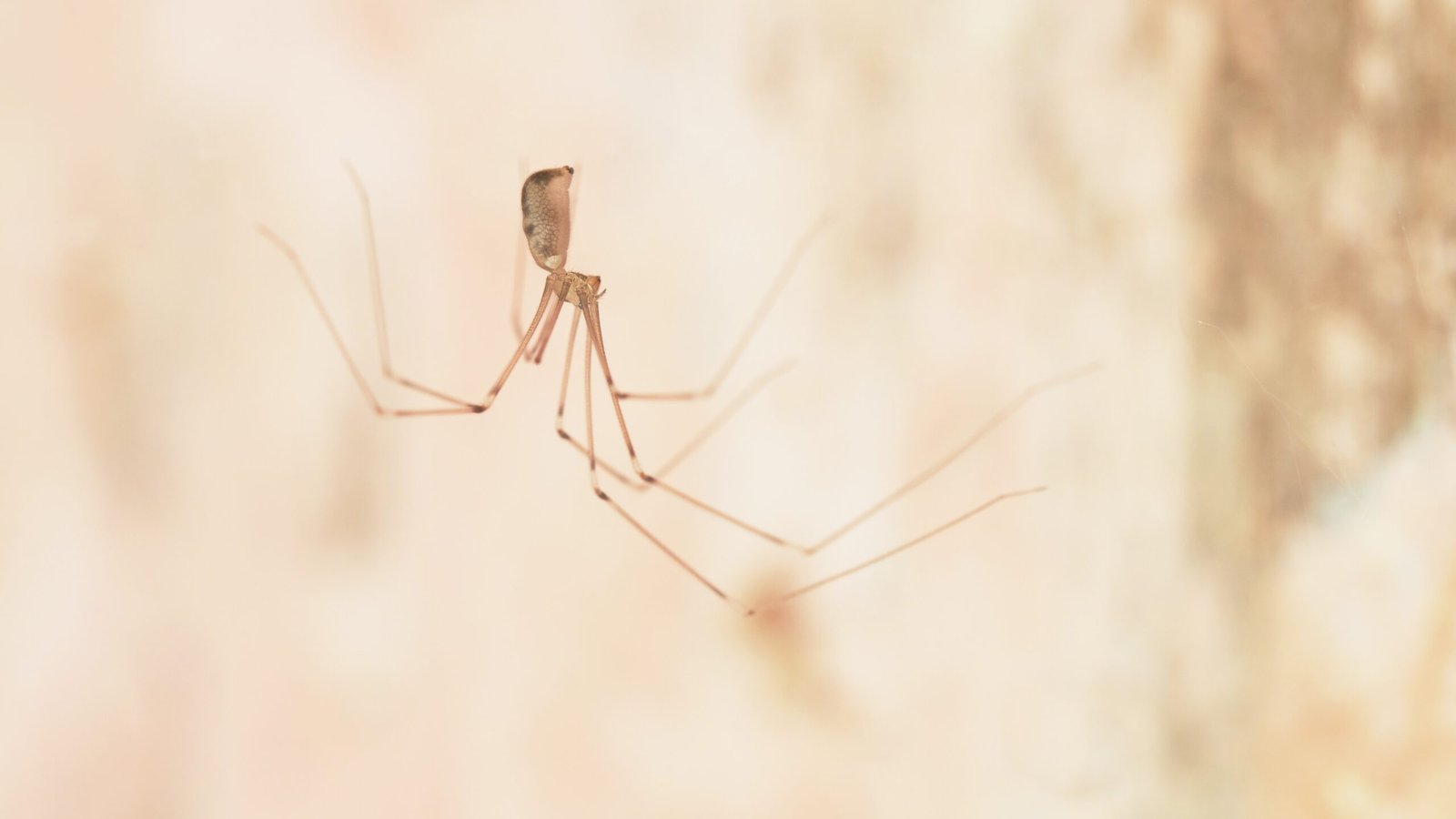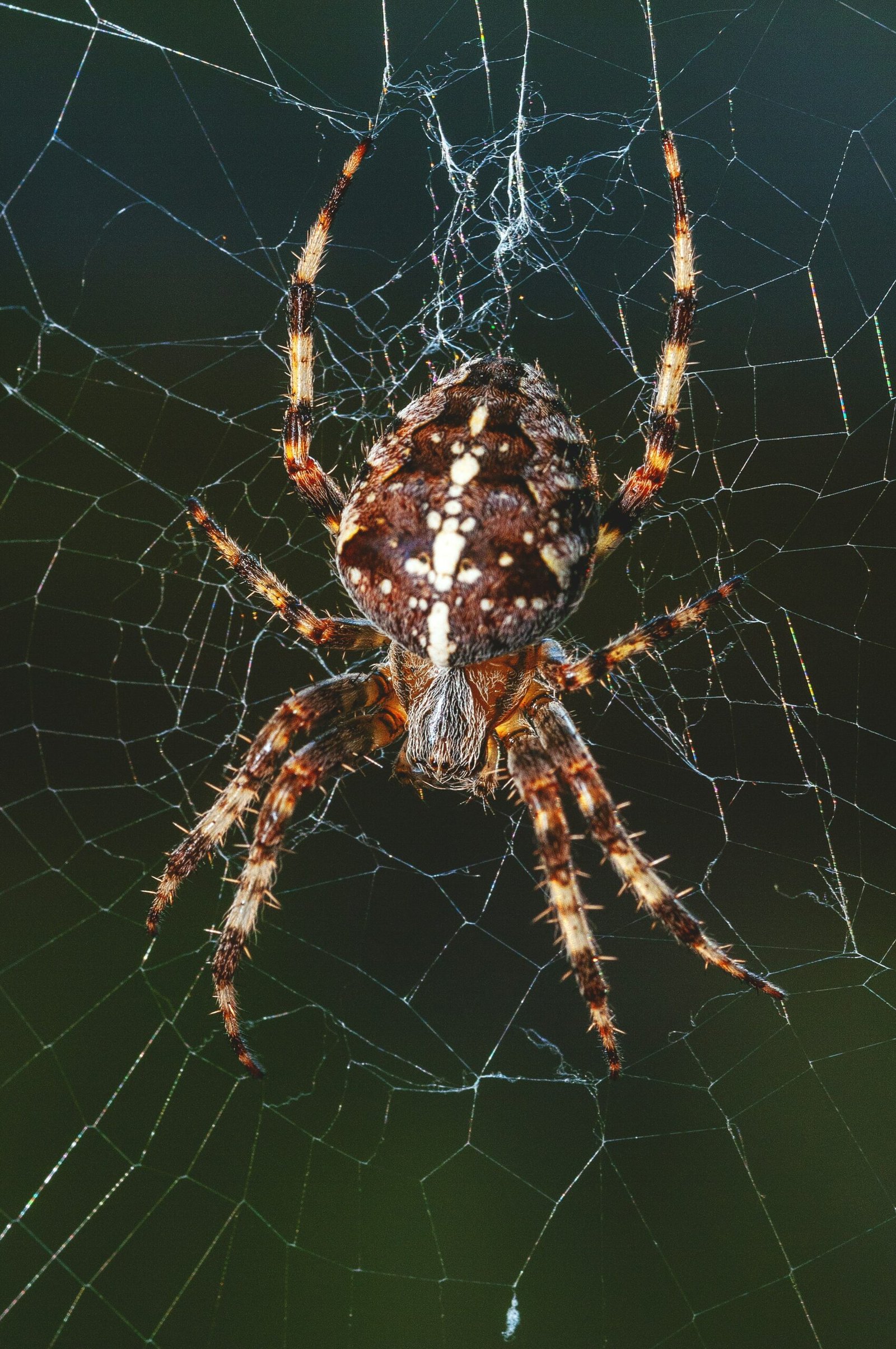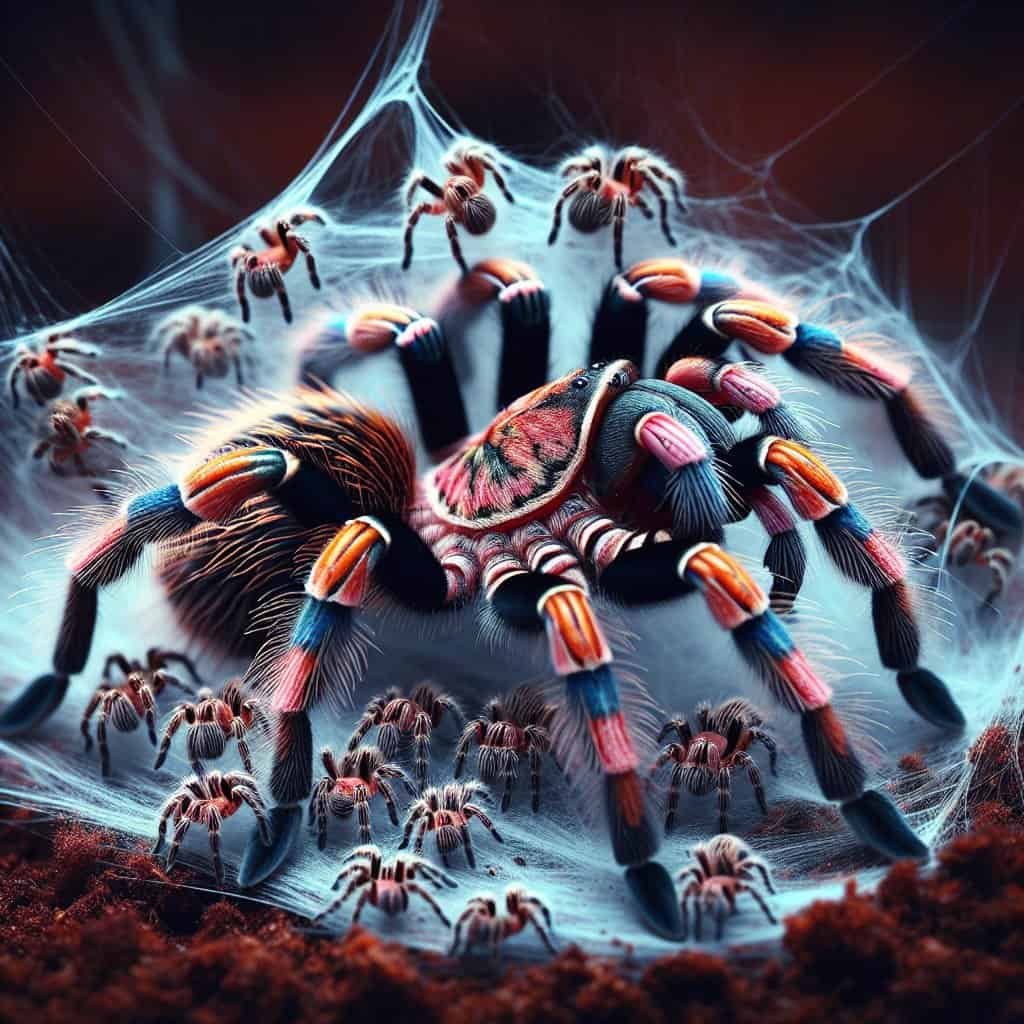Once your tarantula spiderlings have hatched, ensuring their health becomes a top priority. Monitoring their well-being may seem like a daunting task, but with a few essential steps, you can easily keep track of their progress. From observing their behavior and feeding patterns to maintaining their habitat conditions, there are various ways to ensure the optimal health of your tiny arachnid companions. By following these guidelines, you can confidently navigate the exciting yet delicate journey of raising tarantula spiderlings.
Tarantula Spiderlings Health Monitoring
Congratulations on your new tarantula spiderlings! As they enter the world, it’s crucial to ensure their health and well-being throughout their development. By monitoring their health closely, you can catch any issues early and provide them with the care they need. In this article, we’ll guide you through the process of monitoring the health of your tarantula spiderlings, from understanding their initial stage to keeping detailed records of their progress.

Understanding the Initial Stage of Spiderlings
The initial stage of spiderlings is a delicate time when they are particularly vulnerable. Understanding their developmental milestones during this period will help you know what to expect and recognize any abnormalities. Spiderlings undergo a process called “molting,” where they shed their exoskeleton to grow bigger. This process can be observed by checking for a dull, pale coloration before molting and a brighter coloration after.
Creating an Optimal Environment for Spiderlings
Creating the right environment for your spiderlings is pivotal to their overall health and well-being. Start by setting up a suitable enclosure with the appropriate substrate, such as peat moss or coconut fiber. Maintain a temperature of around 75-85°F (24-29°C), along with a humidity level of 70-80%. It’s vital to provide adequate ventilation to prevent stagnant air and promote proper airflow.

Observing Spiderling Feeding Behavior
Proper nutrition is crucial for the healthy growth of your spiderlings. As they grow, their feeding behavior will change. Typically, spiderlings feed on small insects like fruit flies or pinhead crickets. Monitor their feeding behavior closely to ensure they are consuming their prey regularly. If you notice any decline in appetite or reluctance to eat, it might be a cause for concern and should be investigated further.
Ensuring Adequate Hydration for Spiderlings
Just like any living creature, spiderlings require proper hydration to thrive. Maintain a small water dish within their enclosure, ensuring it’s shallow and easily accessible. Monitor the water dish regularly to ensure it is replenished as needed. Spiderlings may also derive moisture from their food, so ensure they are eating well to maintain their hydration levels.

Monitoring Spiderling Growth and Development
Regularly monitoring the growth and development of your spiderlings will help you gauge their overall health status. Keep track of their size, weight, and behavior patterns as they progress. Comparing these observations over time will provide valuable insights into their growth rate and general well-being.
Assessing Spiderling Activity Levels
Spiderlings are generally active creatures, and a decrease in activity levels could indicate a health issue. Observe their behavior closely and note any noticeable changes in their normal activity levels. Unusually sluggish or lethargic behavior might be a sign of illness or stress. On the other hand, excessive restlessness or frantic movements could indicate agitation or discomfort.

Checking for Signs of Stress or Illness
Stress and illness can affect the overall health of your spiderlings. Keep an eye out for signs such as loss of appetite, discoloration, abnormal webbing patterns, or excessive grooming. Additionally, monitor their exoskeleton for any abnormalities or deformities. Regularly inspecting your spiderlings will enable you to address any health concerns promptly.
Identifying Common Health Issues
While tarantula spiderlings are generally hardy creatures, they can still experience certain health issues. Some common health problems include mites, fungal infections, and dehydration. Mites are tiny parasites that can infest the spiderlings’ exoskeleton and cause irritation, while fungal infections manifest as abnormal growths or lesions. By familiarizing yourself with these common issues, you can quickly recognize and address them if they occur.

Seeking Professional Advice
If you’re uncertain about your spiderlings’ health or notice any persistent health issues, it’s always advisable to seek professional advice. Veterinarians specializing in exotic pets or arachnids can provide guidance and treatment options for your tarantula spiderlings. Remember, it’s better to err on the side of caution and consult an expert to ensure the well-being of your spiderlings.
Keeping Detailed Records of Spiderling Health
To maintain a comprehensive overview of your spiderlings’ health, it’s essential to keep detailed records. Document important information such as feeding schedules, molting occurrences, weight measurements, and any observed changes in behavior. This record-keeping will not only assist you in identifying trends but also provide valuable information should you need to seek professional advice.
In conclusion, monitoring the health of tarantula spiderlings involves understanding their initial stage, creating an optimal environment, observing their feeding behavior, ensuring adequate hydration, and closely monitoring their growth, activity levels, and signs of stress or illness. By familiarizing yourself with common health issues, seeking professional advice when needed, and maintaining detailed records, you’ll be well-equipped to care for your spiderlings and ensure their well-being in the long run. Enjoy the journey of raising these fascinating creatures and providing them with the best care possible!
